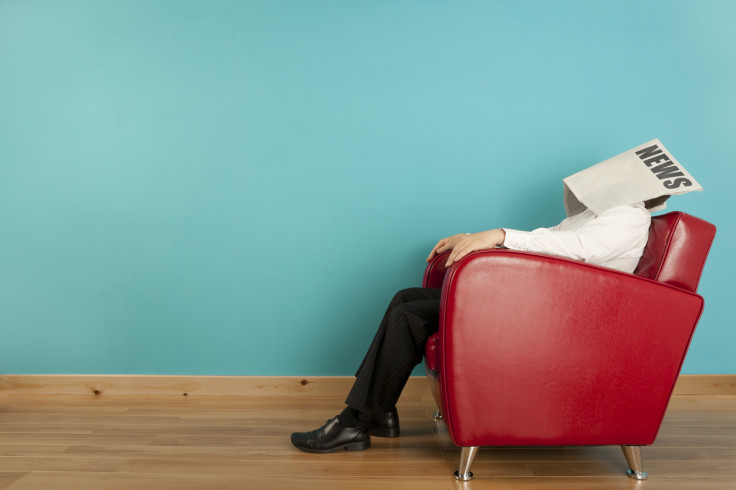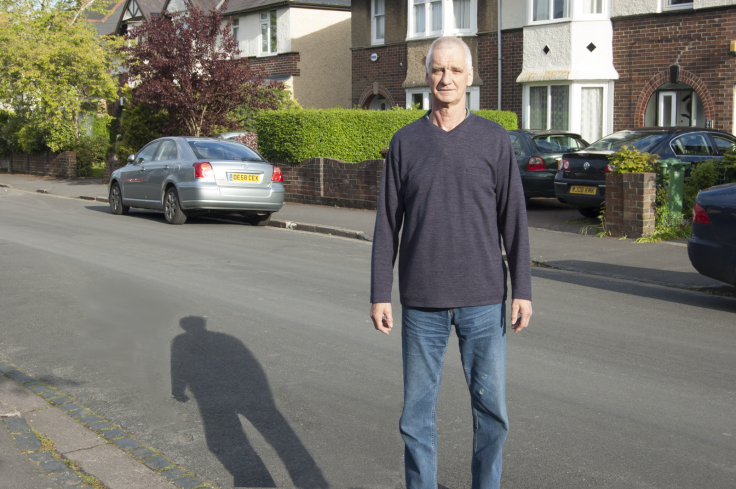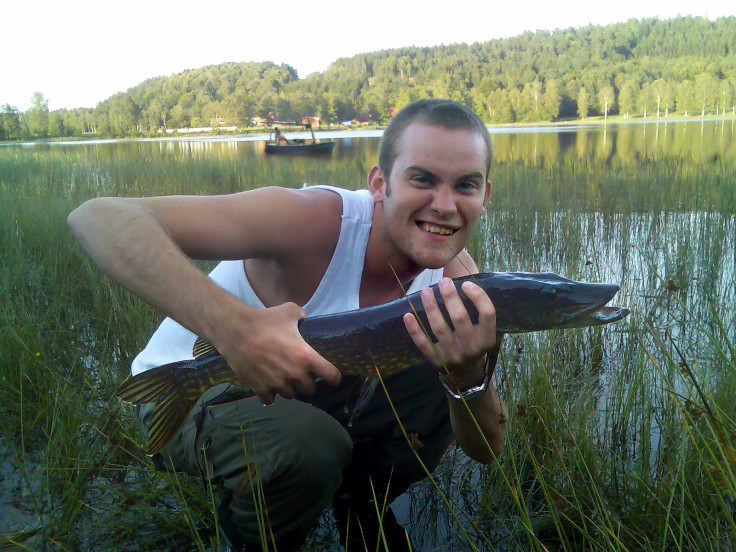Most people can't spot which of these photos are fake. Can you?
This test looks at whether people can distinguish between real or altered pictures.

The number of digitally altered photographs circulating on the web is growing at an alarming rate, but most people are unable to tell which ones are fake and which aren't. Scientists have found that people can only detect a fake image of a real-world scene 60 percent of the time.
Today, a lot of powerful and low-cost photo editing software are available on the market, which means that everyone can be exposed daily to an abundance of 'fake' photos. While some are harmless, other pictures might have been altered for ideological reasons, to try and manipulate viewers.
This is becoming increasingly problematic in a number of fields, ranging from law enforcement and national security to journalism and advertising. In the era of 'fake news', learning how to detect which photos have been digitally tampered with may be crucial.
In a study now published in the journal Cognitive Research: Principles and Implications, scientists have tested how far people have an ability to detect photo forgeries.
Previous research had shown that people typically struggle to identify geometrical inconsistencies within simple computer-generated patterns. Here, the scientists tested whether people also had problems detecting inconsistencies within pictures of real world scenes.
Online test
The researchers set up an online experiment based on a bank of 40 images created from 10 original images representing the real world and sourced from Google Images. Six of the original images were subjected to five different types of manipulation, including physically implausible and physically plausible manipulations, to create 30 manipulated images.
Then, the scientists recruited 707 participants to complete an online test during which they were shown 10 images chosen at random, that included each of the five manipulation types and five original images.

The researchers found that 60 percent of images were correctly identified as being manipulated when participants were asked "Do you think this photo has been digitally altered?" Furthermore, they were only able to tell what was wrong 45 percent of the time. This suggests that although people are better than chance at distinguishing a fake photo from an authentic one, they still struggle with the task.
"Our study found that although people performed better than chance at detecting and locating image manipulations, they are far from perfect. This has serious implications because of the high-level of images, and possibly fake images, that people are exposed to on a daily basis through social networking sites, the internet and the media," Sophie Nightingale, lead author from the University of Warwick, explained.

In a second experiment, people were asked to detect manipulations in pictures, regardless of whether they thought it had been modified or not. They accurately located the manipulations in the image 39% more of the time than expected by chance. This show that people are probably better at manipulations than at performing the more generic task of detecting if a photo has been manipulated or not.
A question of justice
There may also be consequences with far-reaching consequences, notable when it comes to law enforcement and justice. Based on this study, it may be important to ask ourselves the extent to which photos should be admissible as evidence in court. If people can't tell if photos are real or not, is it legitimate to use them in the context of legal cases? Laws governing the use of photographic evidence during trials have not kept pace with digital change and serious thinking may need to be done about this.
Dr Kimberley Wade, study co-author from the University of Warwick, concluded: "People's poor ability to identify manipulated photos raises problems in the context of legal proceedings where photos may be used as evidence. Jurors and members of the court assume these images to be real, though a manipulated image could go undetected with devastating consequences. We need to work to find better ways to protect people from the negative effects of photo manipulation, and we're now exploring a number of ways that might help people to better detect fakes."
You can assess your ability to detect forged images by taking the test designed by the scientists here.
© Copyright IBTimes 2025. All rights reserved.






















